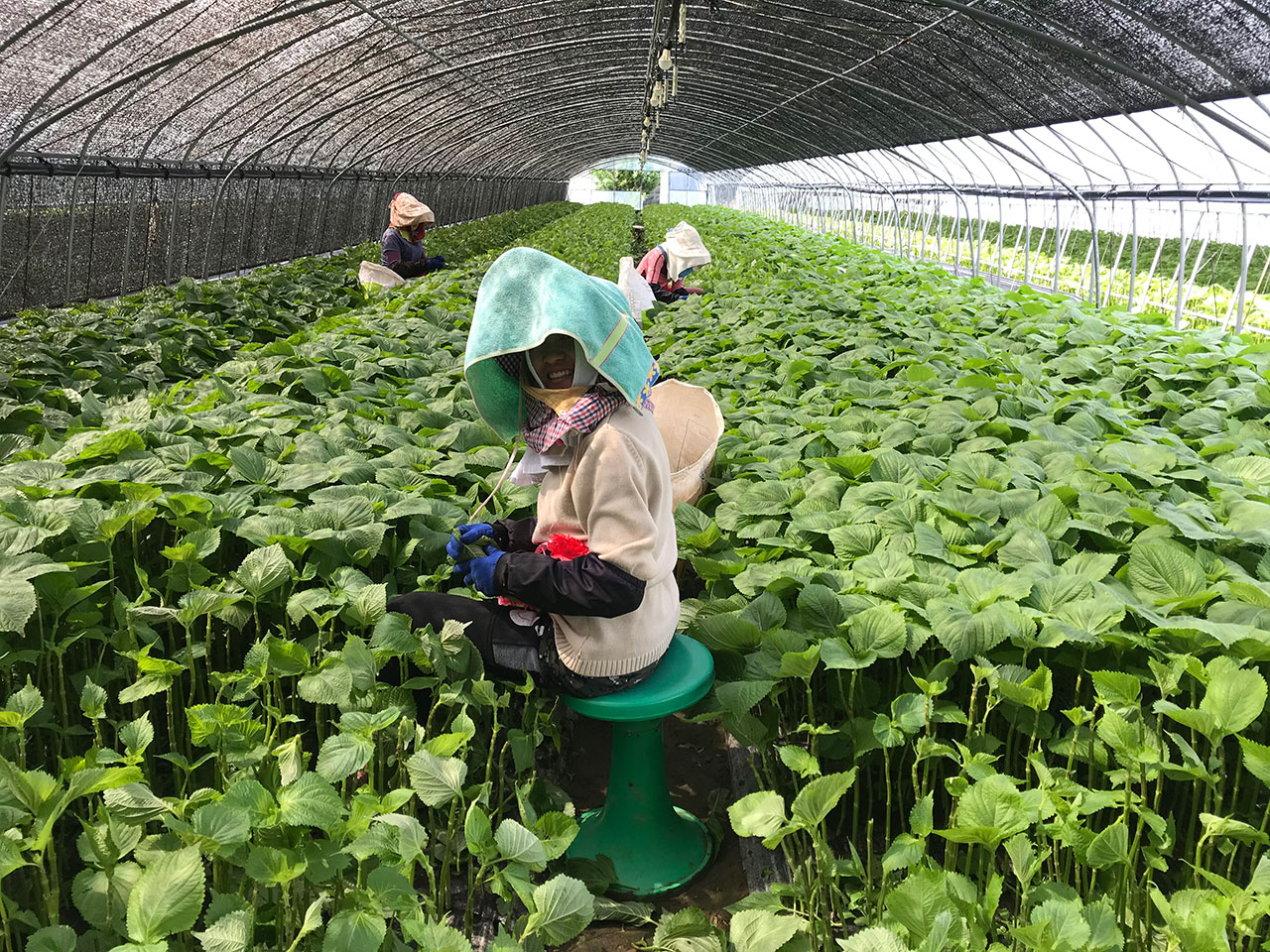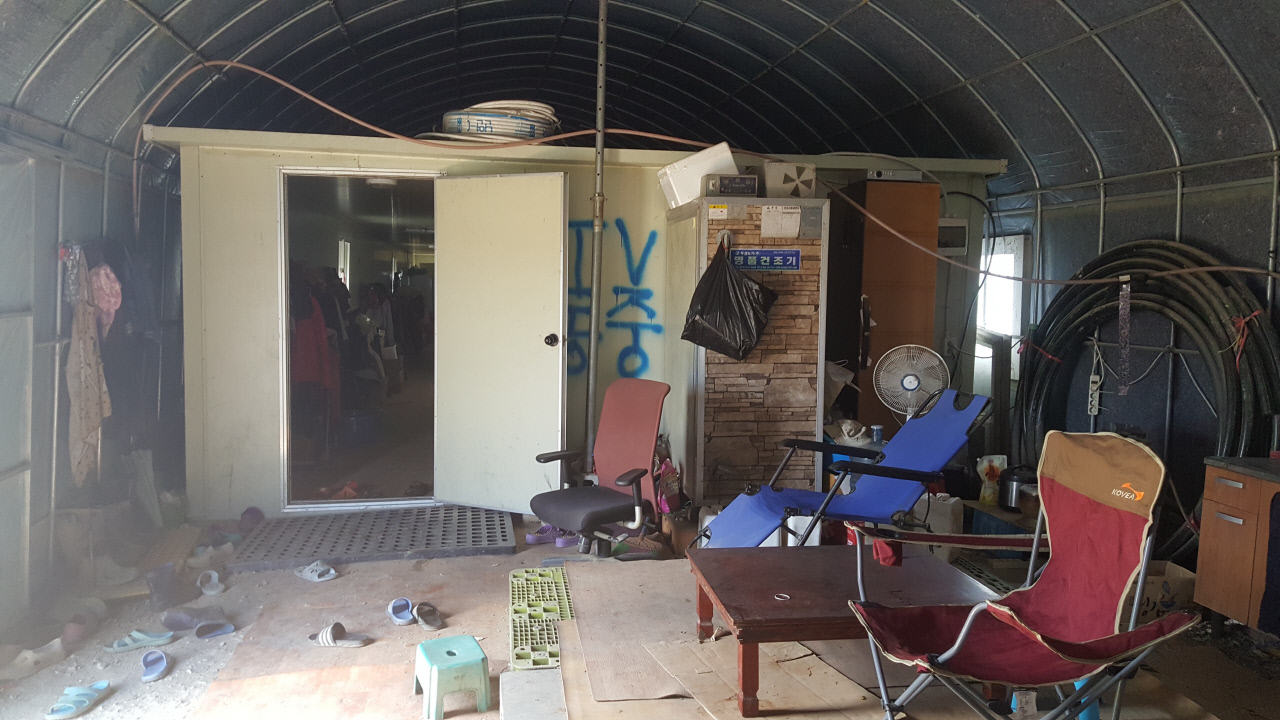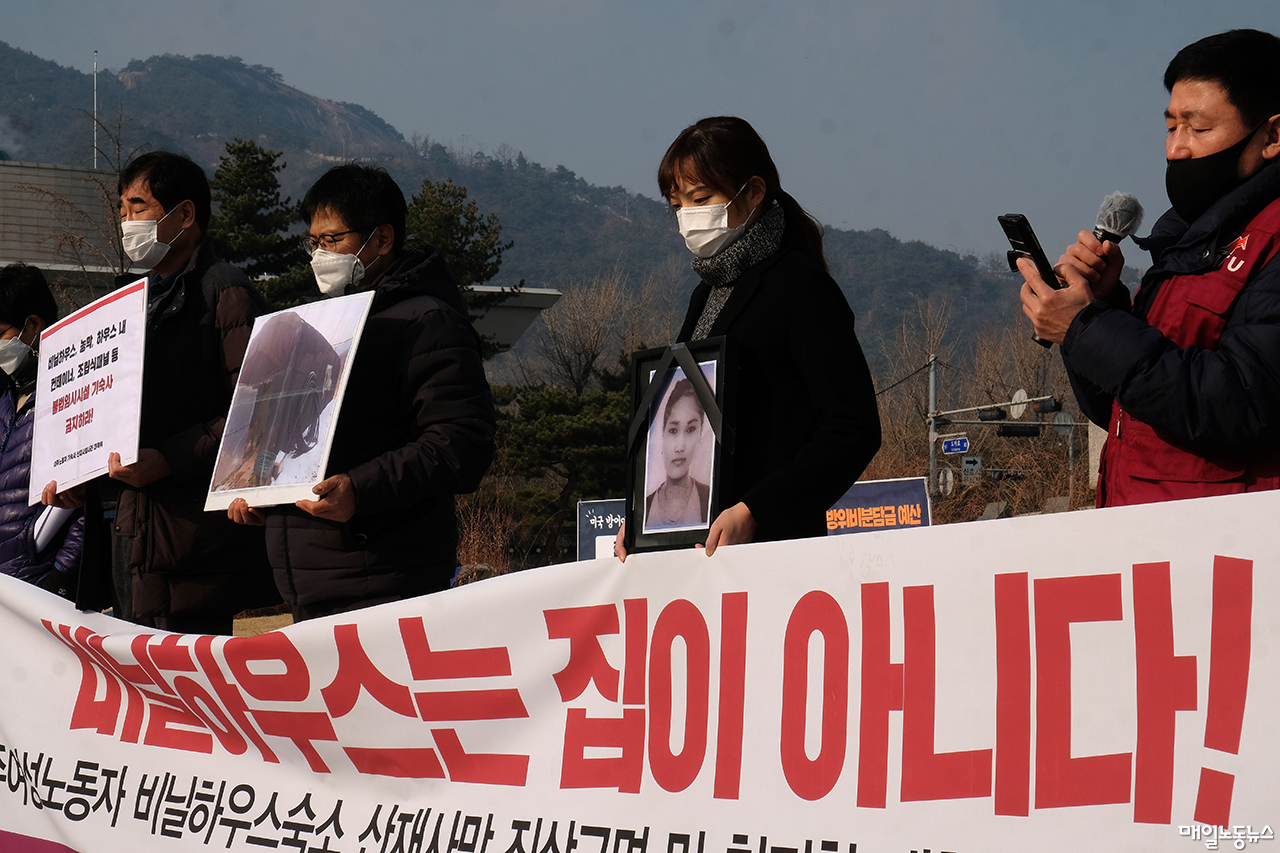As Korea’s working- age population declines, migrant workers have become an essential presence in the Korean economy. However, many migrant workers still face appalling conditions, including withheld wages and the infringement of human rights. Marking International Migrants Day on December 18th, as proclaimed by the United Nations, the Sungkyun Times (SKT) will investigate the concept of migrant workers, surrounding social issues, and the path to a brighter future.
Who Are Migrant Workers?
The Concept of Migrant Workers
According to the Act on the Employment of Foreign Workers, migrant workers are people without Korean citizenship who provide labor in a Korean workplace. Migrant workers are categorized into three categories: skilled workers, low- skilled workers, and workers that do not fit the above categories. Skilled migrant workers, including professors and researchers, are outside of the application range of the Employment Permit System (EPS) that regulates the management of migrant workers. They face fewer restrictions in labor and gain benefits towards residential status. However, low- skilled migrant workers, including non- professional employment, work and visit, and maritime crew, are strictly supervised in their labor and limited in their residential status because they fall under the EPS. Last but not least, unclassified migrant laborers can enter Korea on short- term work or tourist visas. Of all these categories, low- skilled migrant workers suffer most from civil issues. A study conducted in 2021 by researcher Yoon Ja- ho of the Korea Labor and Society Institute (KLSI) revealed that low- skilled workers frequently work more than 52 hours per week and cannot freely switch jobs. These characteristics show that many low- skilled migrant workers experience abysmal working conditions and neglect of their rights.

The Past and Present of Migrant Workers
The influx of migrant workers began in the 1980s when Korea started to take advantage of its growing international appeal due to occasions like the Seoul 1988 Summer Olympics. Korea achieved economic prosperity on account of low interest rates, low oil prices, and low exchange rates with the American dollar. Due to a change in the country’s industrial structure during this time, a large number of local workers left the manufacturing sector and moved into the construction and service sectors. This industrial shift fostered the influx of migrant workers and the globalization of capital and labor. According to 2020 statistics from the Ministry of Justice (MoJ), the number of foreigners living in Korea in 2019 was about 2 million. This number accounted for 4.9% of the Korean population, while low- skilled migrant workers composed 19.9% of all foreigners in Korea. Therefore, the Korean government must directly address the social problems lingering around low- skilled migrant laborers who have contributed to the country’s economy since the 1980s.
The Plight of Migrant Workers
The Acute Quality of Work Life
Migrant workers face challenges in most basic aspects of their lives, including their workplace and residence. A 2021 survey by the Ministry of Employment and Labor (MOEL) showed that migrant workers accounted for 11.2% of deaths due to severe industrial accidents. One of the reasons why migrant workers are vulnerable to industrial accidents is the lack of safety education. Safety education obligated by the current laws consists of a 30-minute video that only delivers superficial information and a 4-hour-long program that migrant workers receive right after entering the nation. Additionally, the issue of housing is also brought on by the fact that many migrant employees reside in dormitories provided by their employers. Some employers offer substandard facilities, causing the workers to face difficulties even in spaces where they should rest. This housing issue often occurs among migrant workers in the agricultural sector. A study done by the MOEL in January 2021 proves that 69.6% of agricultural migrant workers live in temporary buildings like greenhouses and shipping containers. To alleviate this issue, the government presented the Plan on Improvement of Residential Environment for Migrant Workers in 2021. However, this policy is not fully effective due to its blind spots. These institutional problems include accepting improvised structures as official dormitories when they are reported to the local authorities.

Irony of the EPS
The EPS harms Korean businesses and violates the human rights of migrant workers. The current EPS is based on a short- term circulation policy to prevent the permanent settlement of foreign workers in Korean society. This policy initially brings in a group of inexperienced migrant workers, sends them back after three years, and then brings in a new group of foreign workers. Short- term circulation causes a shortage of experienced workers and eventually impairs industries where migrant workers are pivotal. Baek Dae- woon, a worker at Gochang County Office, explained, “The lack of a working population in the countryside is so severe that without migrant workers, the agricultural industry would not function.” Considering this issue, the government implemented the Sincere Worker Re- Entry Policy, which grants a diligent worker up to nine years and eight months of residence. However, irony stems as the government tries to maintain the essence of the short- term circulation while denying the right to accompany family members and become permanent residents. Furthermore, the EPS, which forbids workers from changing their workplace, violates basic human rights. The EPS currently allows only three workplace changes, demands the employee provide a valid explanation for a change, and enforces dismissal if the MoJ is not consulted. Likewise, the EPS intensifies the dependence of migrant workers on their employers and hinders their freedom. There is an additional problem: the government cancels the workers’ residential status and turns them into illegal residents if they fail to justify their choices.
For a Better Future
Enhancement of Workplace Environments
The government’s institutional support is necessary to reduce the high rate of industrial accidents among migrant workers. To create a better safety education program, the government should first enhance and expand the MOEL department that handles industrial accidents involving migrant workers. Second, the newly improved department should increase the hours of mandatory safety education and introduce different safety curriculums for each industry. Lawyer Lee Yo- han of Majung Law Firm, specializing in industrial accidents, commented, “The government should inform migrant workers of the existence of industrial accident insurance, its application process, and benefits to ensure an ideal post- accident process.” To improve the current living conditions of migrant workers, a revision of the current Plan on Improvement of Residential Environment for Migrant Workers is inevitable. The government must not only implement guidelines for dormitories but also enforce them with appropriate punishments. Providing temporary buildings as dormitories should be strictly banned without exception, and employers who contravene this policy should pay fines and face prohibition from employing workers. Likewise, the government should respect migrant workers as members of Korean society and ensure safe working and living conditions through these institutional measures.

Repairing the EPS
Along with the widespread reorganization of the current EPS, the government should also address social problems brought on by the short- term cycle and the prohibition of changing workplaces. Reforming the short- term circulation policy and enabling the use of experienced labor by the industries is of utmost importance. Increasing the official residency years would lead to a durable economic benefit rather than just granting longer residence years to only sincere workers. In fact, Germany’s policy on migrant workers was also based on short- term circulation, but the government later realized its mistake and switched to a long- term system in the 1970s. Additionally, the government’s interference in workplace relocation must end. The EPS should be revised based on international standards upheld by the International Labor Organization (ILO), which highlights the significance of freedom to choose one’s workplace. If migrant workers are free to select their place of employment, the number of people who turn into illegal residents due to mistakes in the EPS will also decline. Although the government has implemented these two clauses for local workers, protecting the rights of migrant workers with pivotal influence in many industries and securing their labor force will positively impact the national economy.

Even though migrant workers in Korea are firmly settled as vital cogs of the Korean economy, exploiting their productivity and neglecting their rights depicts today’s shameful reality. The SKT hopes that Korea will mend the faulty laws and the current conditions, so that migrant workers receive the full respect they rightfully deserve.
